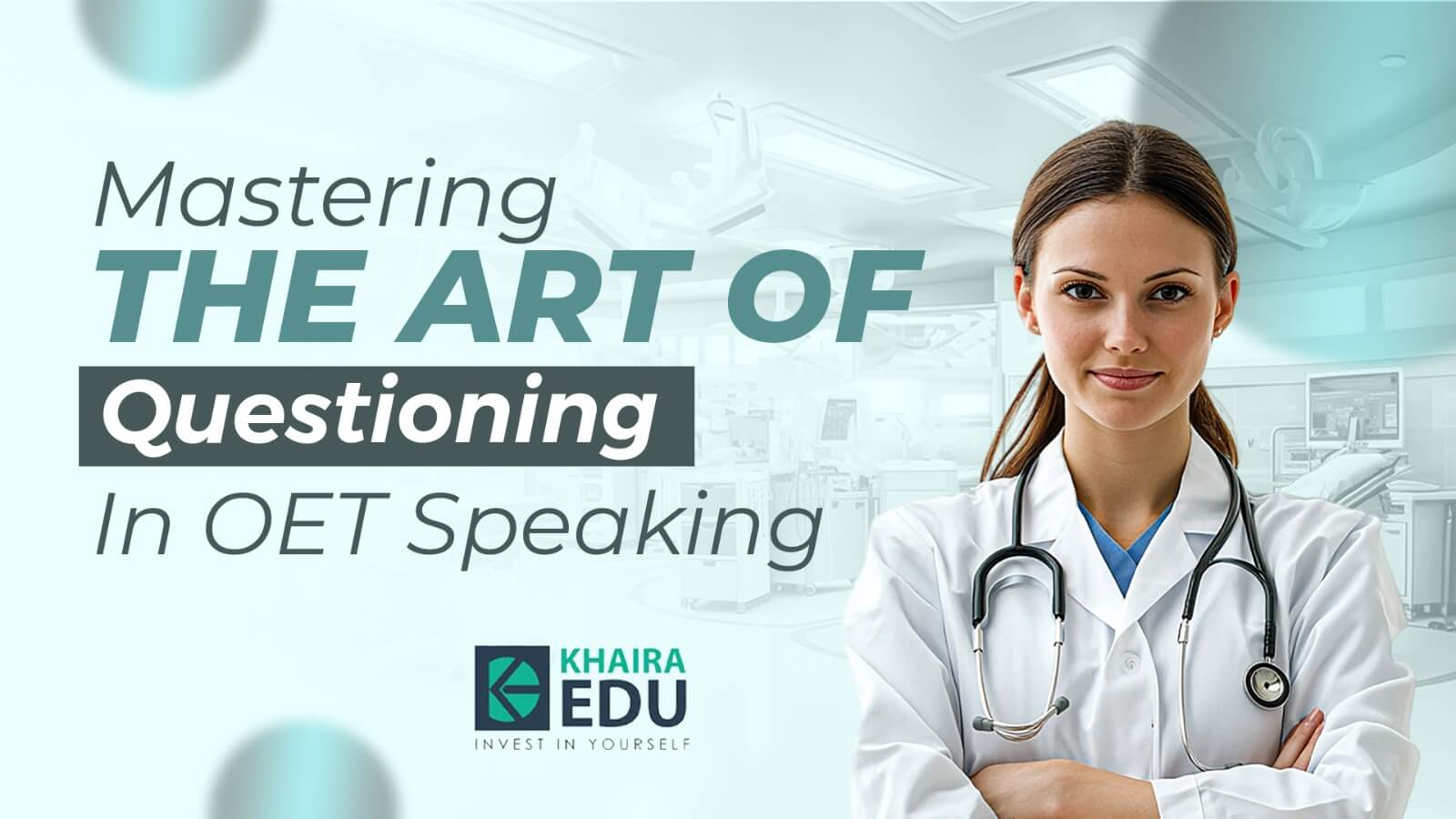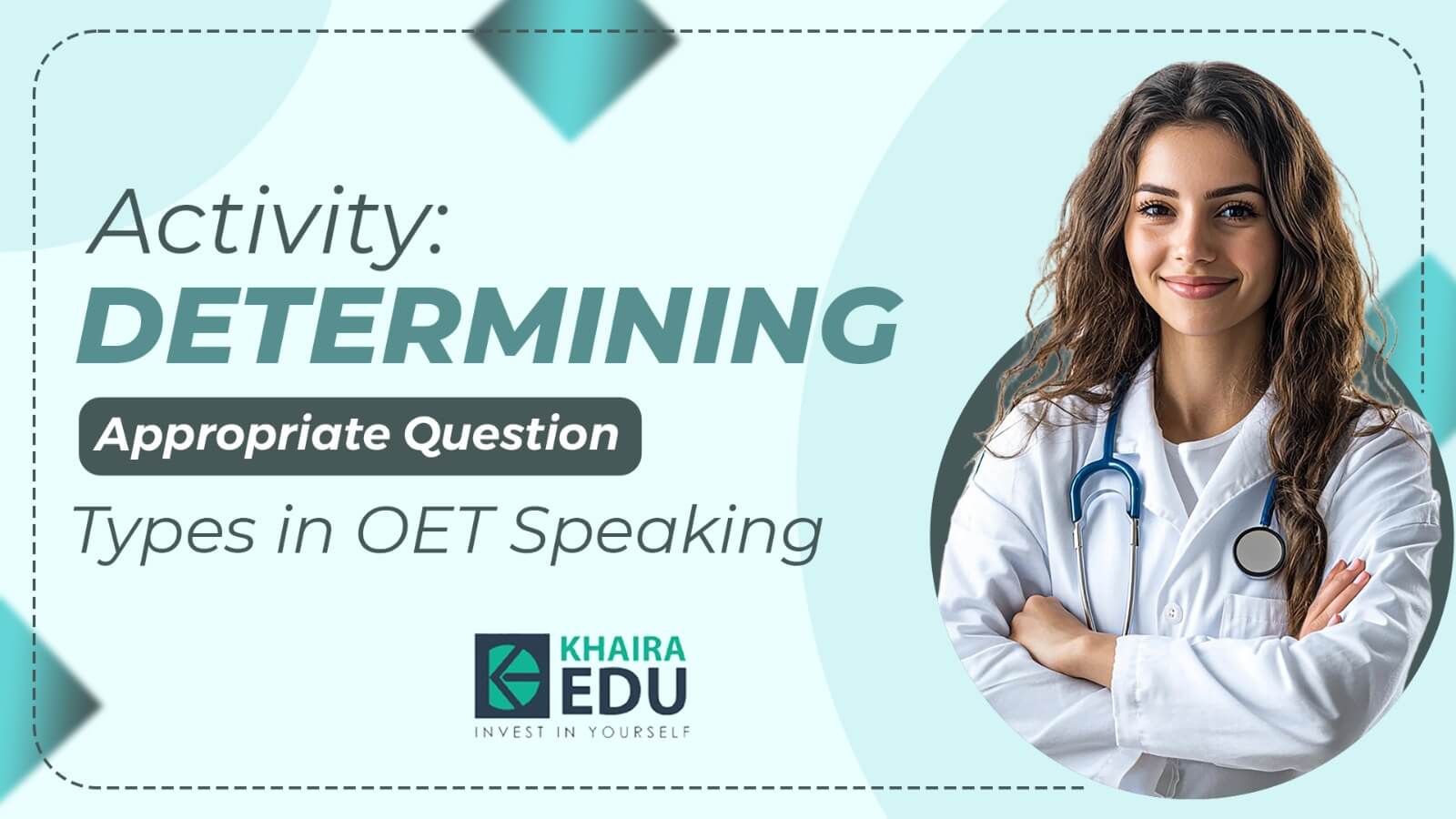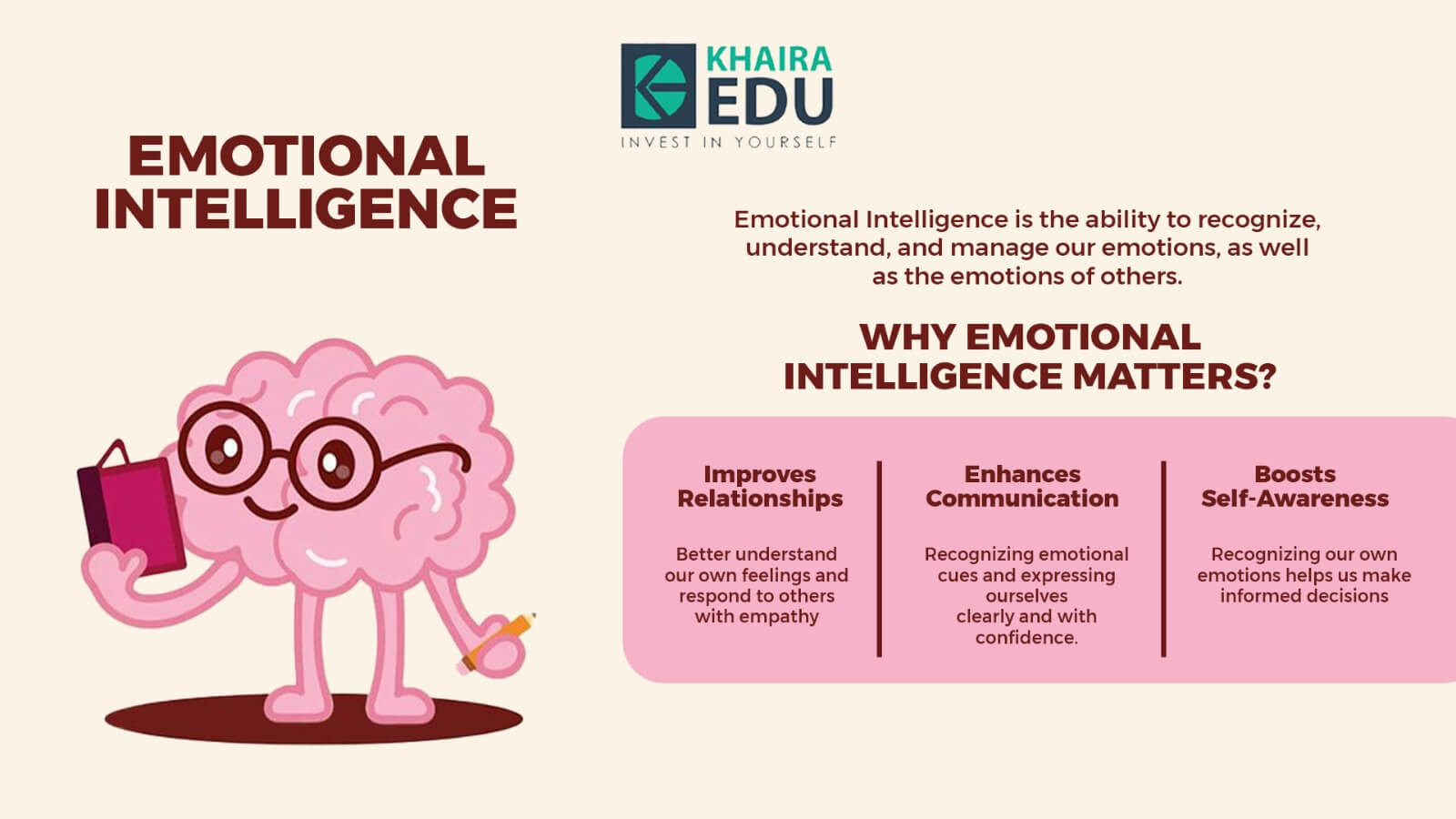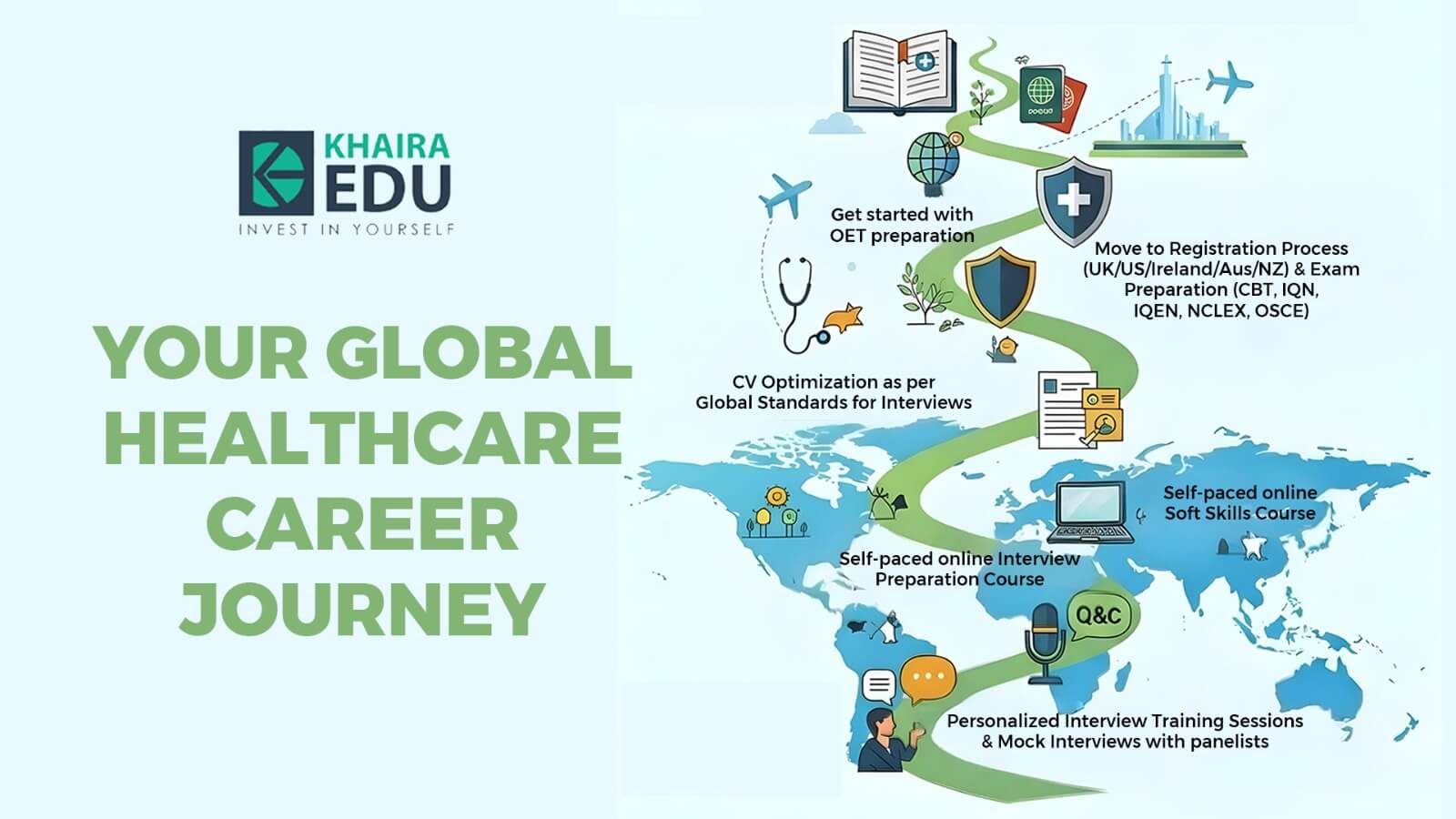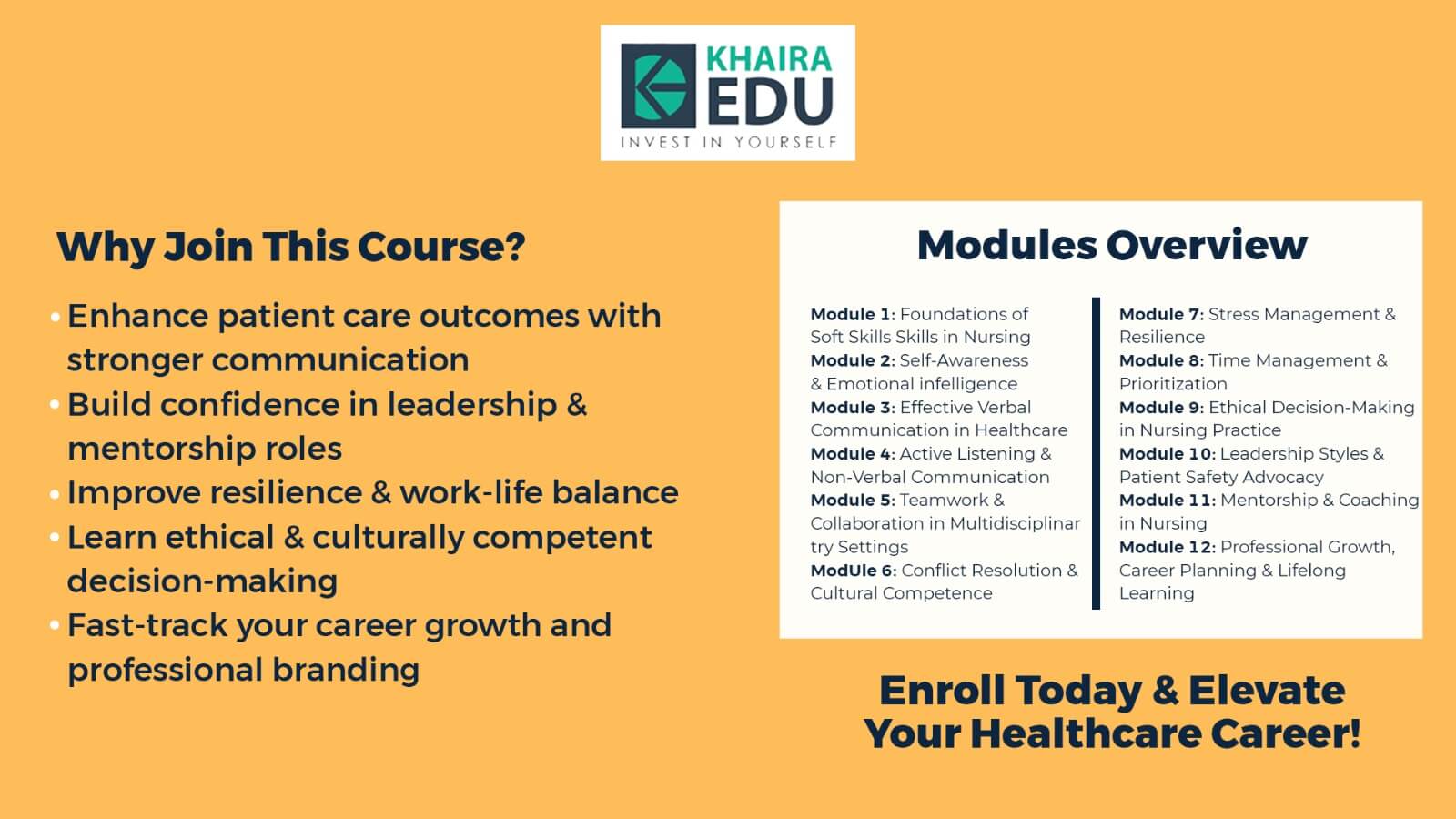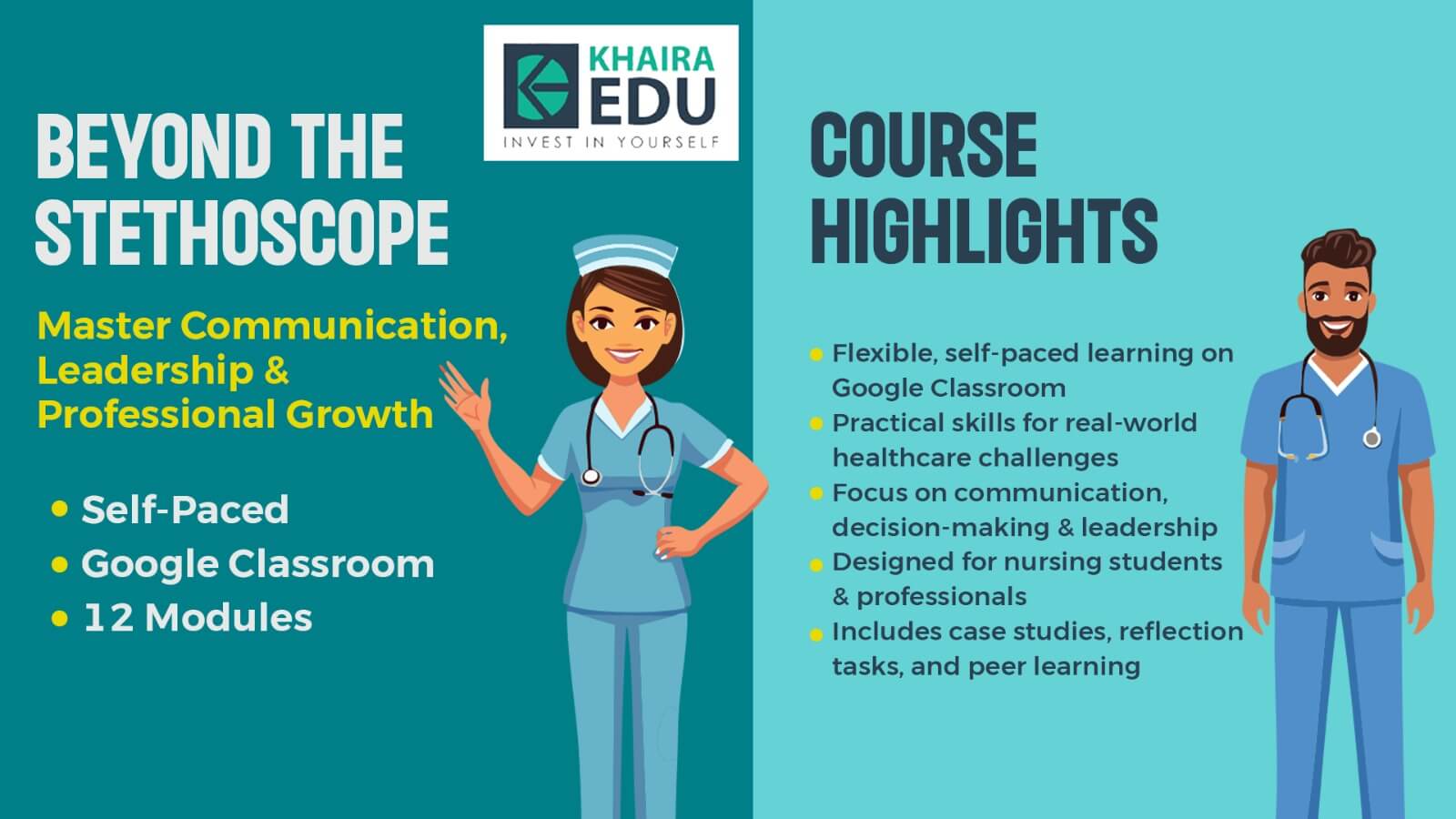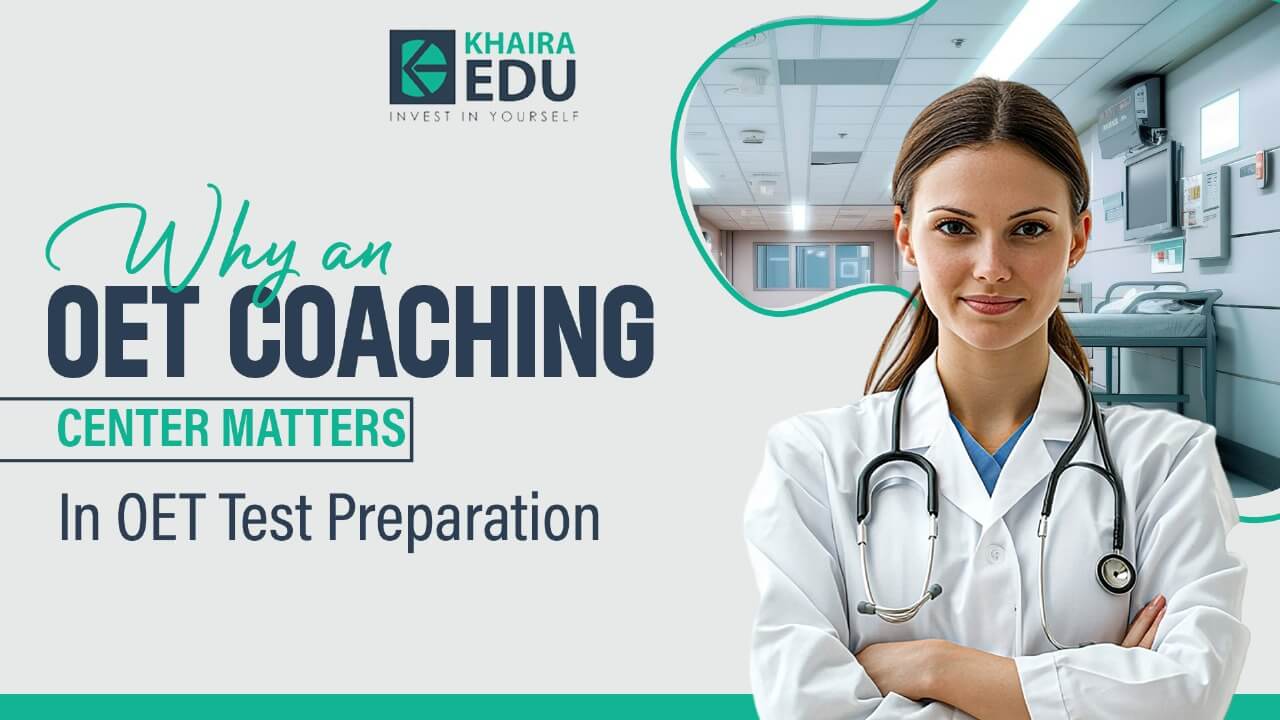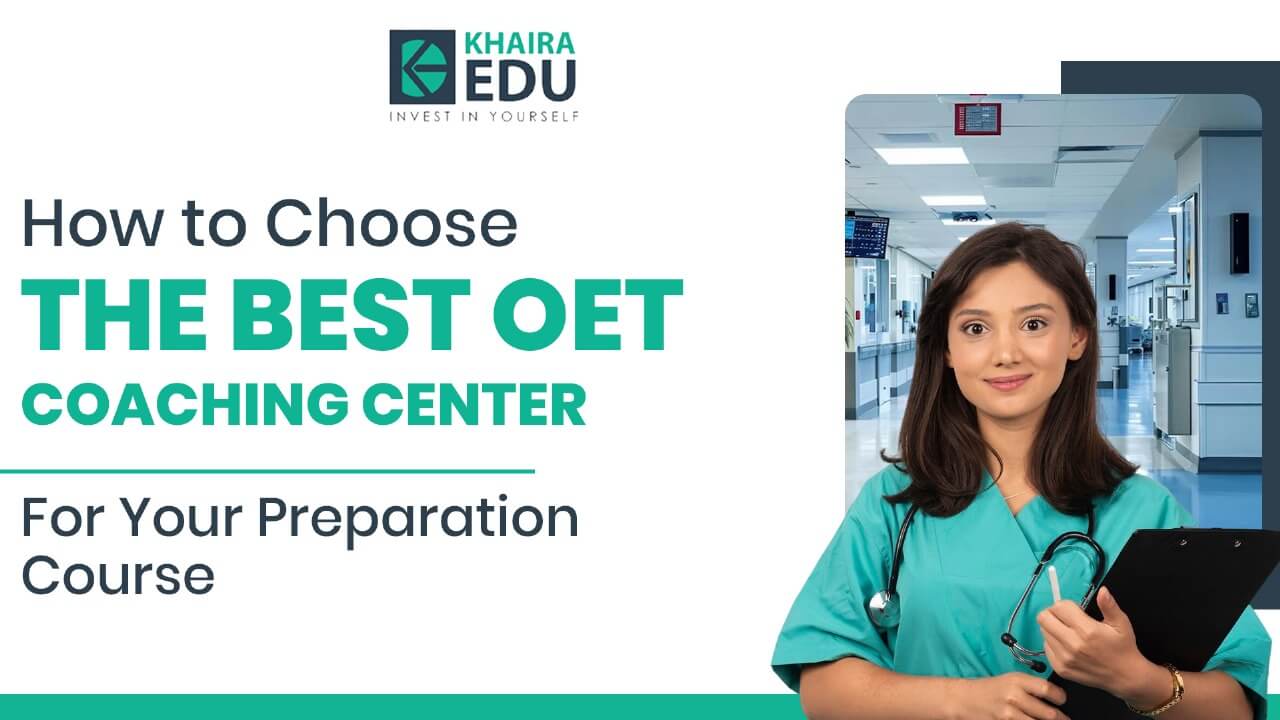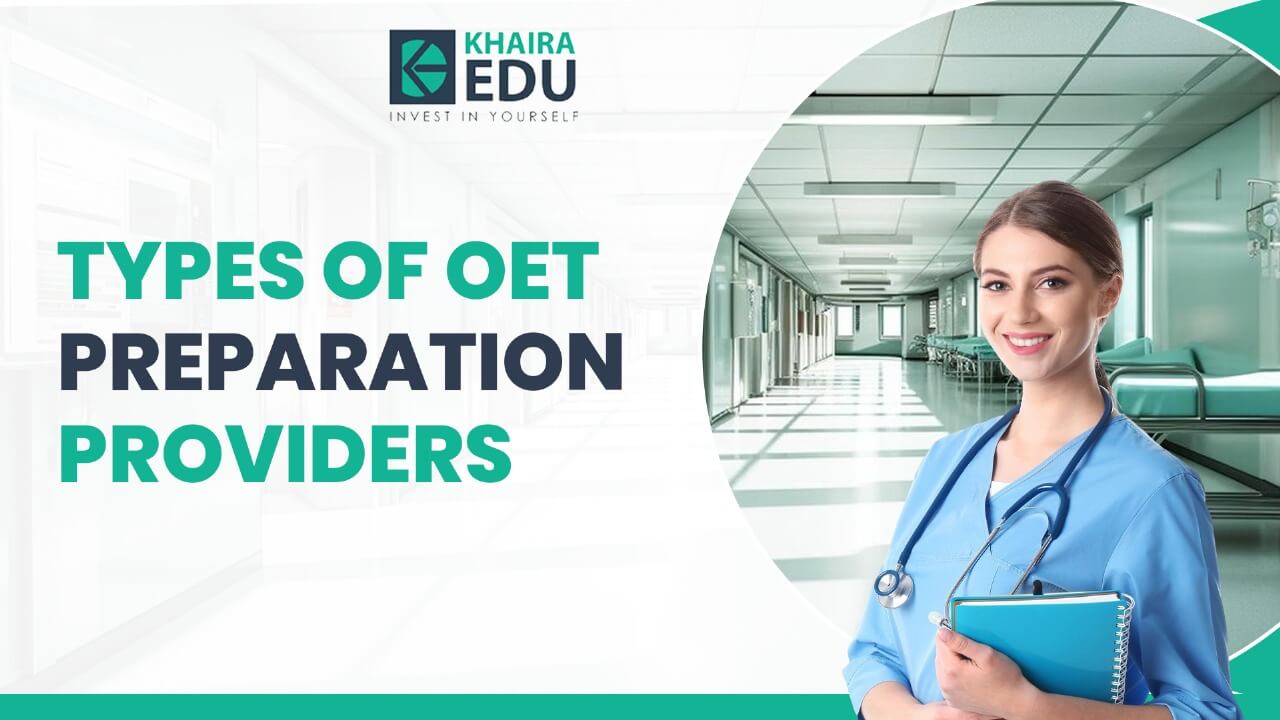Preparing for the Occupational English Test (OET) doesn’t just improve your English—it transforms how you perform in the Objective Structured Clinical Examination (OSCE). Both exams evaluate essential healthcare skills, but OET specifically strengthens communication, and confidence, all of which are key to excelling in OSCE stations.
Note: OSCE formats vary across countries and institutions. The structure, number of stations, and evaluation criteria may differ. References to “silent” OSCE stations in this article apply only to specific versions, such as the NMC OSCE in the UK.
This article explores how OET preparation directly supports OSCE success for nurses, doctors, and allied healthcare professionals.
Understanding the Connection Between OET and OSCE
What OET Focuses On
The OET is a globally recognized English proficiency test for healthcare professionals. It evaluates Listening, Reading, Writing, and Speaking—each designed around medical and clinical contexts. The goal isn’t just language accuracy but professional communication that mirrors real healthcare environments.
What OSCE Evaluates
The OSCE is a practical, skills-based exam used by nursing councils, medical boards, and universities. It assesses how candidates interact with patients, perform procedures, make decisions, and document accurately—all within timed, simulated clinical stations.
Why OET Skills Support OSCE Readiness
Both OET and OSCE test your ability to communicate effectively in medical settings. The listening, speaking, and writing skills honed in OET directly enhance your OSCE performance, where clarity, empathy, and professionalism are critical.
Better Patient Communication in OSCE Stations

Speaking Role-Plays That Mirror OSCE Scenarios
OET Speaking role-plays involve realistic situations—like explaining a diagnosis or discussing treatment options with a patient. These are nearly identical to OSCE stations, helping candidates practise clear, structured, and empathetic communication.
Active Listening and Response
OET Listening tasks train candidates to identify key details from handovers, consultations, and recordings. This active listening skill ensures you don’t miss vital patient cues during OSCE interactions.
Cultural Awareness and Sensitivity
OET preparation often includes cases involving patients from different cultural backgrounds. Understanding cultural nuances builds empathy and respect—qualities examiners look for in OSCEs.
Stronger Writing and Documentation Skills

Writing with Clarity and Accuracy
The OET Writing sub-test teaches how to compose professional referral or discharge letters. Candidates learn to structure information logically and concisely—skills that are crucial when writing patient notes or reports in OSCEs.
Organized and Logical Thought Process
OET emphasizes structured thinking: summarizing key details, maintaining flow, and presenting facts clearly. This helps OSCE candidates produce documentation that’s easy for examiners to follow.
Building Confidence for OSCE Performance

Reducing Exam Anxiety Through Familiarity
Many healthcare professionals feel nervous in OSCE settings. However, OET practice builds familiarity with medical conversations and structured communication, reducing anxiety during real OSCE scenarios.
Practising Under Exam Conditions
OET tasks are strictly timed, preparing candidates to perform under pressure. This time discipline directly benefits OSCE stations, where every second counts.
Mastering Medical English for OSCE Success

Using Correct Healthcare Vocabulary
OET preparation enhances your command of medical terminology. Using precise, context-appropriate language in OSCEs demonstrates competence and professionalism.
Communicating Naturally in Clinical Environments
Since OET scenarios mimic real hospital interactions, candidates learn to communicate naturally—whether explaining procedures or giving reassurance to patients—matching OSCE expectations.
Sharper Listening and Questioning Techniques
Listening with Focus
OET Listening develops concentration and comprehension, helping candidates identify patient needs accurately during OSCE interactions.
Asking the Right Follow-Up Questions
In OET Speaking, candidates are encouraged to ask clarifying questions to ensure patient understanding. This mirrors OSCE evaluation criteria for effective patient engagement.
Effective Time Management During OSCE Stations
Completing Speaking Tasks Within a Set Time
OET Speaking sessions teach candidates to organize information and communicate efficiently—ideal training for OSCE stations that have strict time limits.
Writing Within Tight Deadlines
OET Writing requires candidates to complete tasks in 45 minutes. This habit improves your ability to document efficiently during OSCEs, where concise note-taking is essential.
Improved Interaction with Simulated Patients
Showing Empathy and Professionalism
OET role-plays balance empathy with clear communication. Demonstrating understanding while maintaining professionalism is a key scoring area in OSCEs.
Giving Clear and Simple Instructions
OET preparation trains you to explain medical advice in plain language. This ensures that simulated patients in OSCEs can easily follow your explanations.
Real-World Relevance of OET Skills
Reflecting True Healthcare Practice
Both OET and OSCE are based on real clinical environments. From patient communication to accurate record-keeping, OET skills directly align with everyday healthcare responsibilities.
Language Skills That Enhance Clinical Practice
OET focuses on the kind of communication healthcare professionals use daily in hospitals and clinics, ensuring that your OSCE preparation benefits your real-world career.
Pro Tips: How to Use OET to Prepare for OSCE
- Practise OET Speaking scenarios with a time limit to simulate OSCE pressure.
- Review OET Writing samples to refine your clinical documentation style.
- Focus on active listening—take short notes during practice.
- Record your speaking practice to analyze tone, pace, and empathy.
- Join a structured OET course that integrates OSCE-based simulations.
Case Example: How OET Helped a Nurse Pass OSCE

A nurse trained through an OET program in India reported higher confidence during her UK OSCE after months of OET Speaking practice. She attributed her success to improved patient interaction skills, stronger note writing, and comfort with medical English—showing how OET preparation can directly lead to OSCE success.
Conclusion: OET as a Foundation for OSCE Success
OET isn’t just about passing a language test—it’s a foundation for clinical communication excellence. By improving your speaking, writing, listening, and comprehension skills, OET preparation equips you to perform confidently in OSCE exams.
For healthcare professionals planning to work abroad, combining OET training with targeted OSCE practice creates a complete readiness path. With expert guidance, consistent practice, and the right resources, you can master both exams and advance your global healthcare career.
Disclaimer
OSCE structures, formats, and evaluation methods differ between countries and institutions. Candidates should always check the latest OSCE guidelines and requirements for their specific registration body or destination country before preparing.



